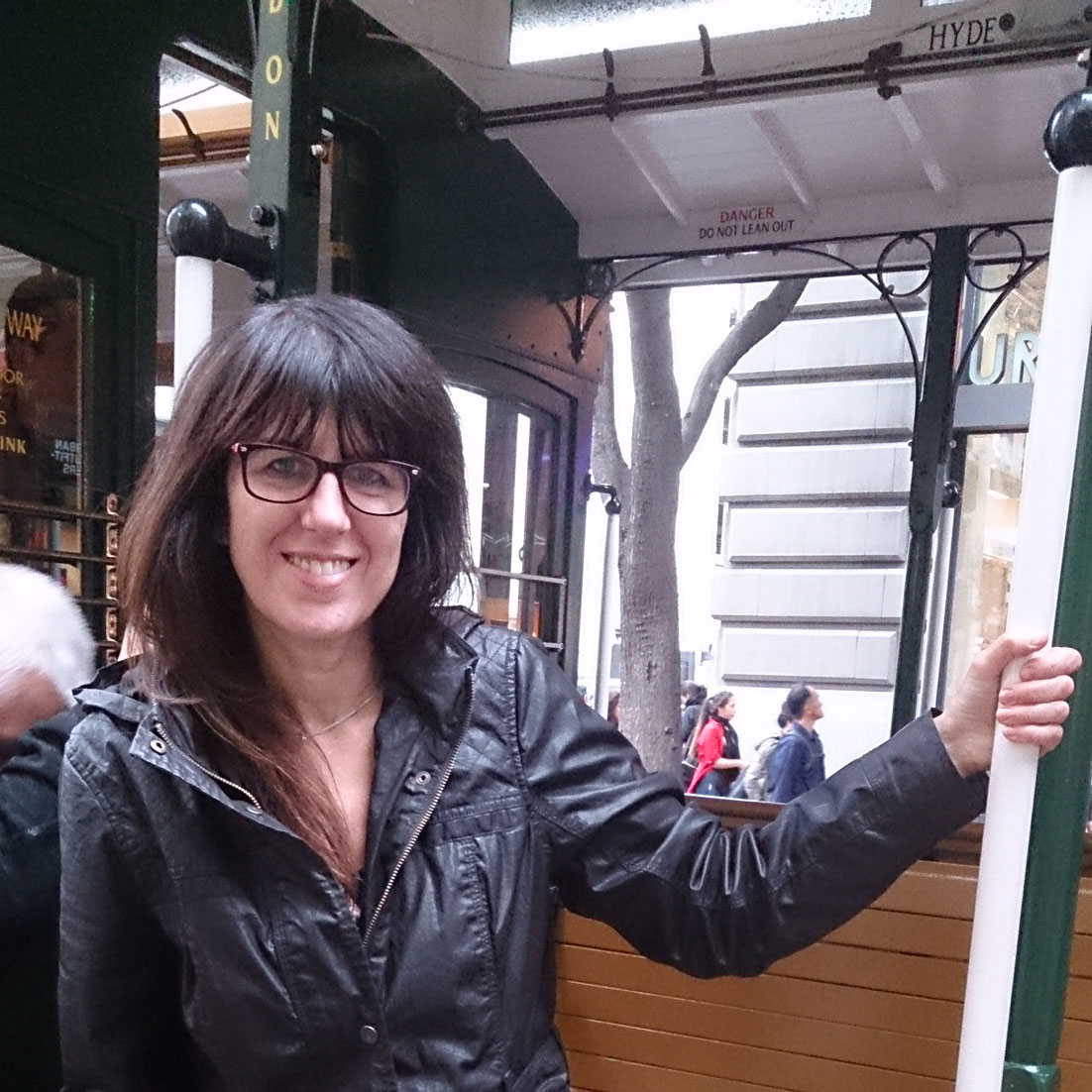This advice will keep your garden alive while you're on holiday
Never, ever return to dead flowers and brown grass after a break again...


We're all battling to keep our gardens blooming in the heatwave. But while you can give it a daily drenching when you’re at home and have ready access to the hosepipe or watering can, what happens when you jet off?
You can’t rely on rainfall, and if you can’t call on someone to come in and water it regularly while you are away, you could come back to withered and wilted flowers and parched grass. But pause in your packing! There are steps you can take to protect your plants so they survive while you're gone.
1. Deadhead your flowers
In the week before you go away, remove any faded or dead flowers. This will force plants to concentrate their energy on new growth, resulting in lots of flowers when you get home.
2. Mow the lawn
Give your lawn a light cut the day before you go away – but don’t be tempted to cut too low or you could risk scalping the grass, leaving it susceptible to scorching from the harsh sun.
Even better, take the clippings from the mower and spread them back over the grass to add back nutrients and hydration.
- Best lawnmowers 2019 – see which ones made the cut
3. Weed
Weeds compete with other plants for water, so give your plants the best possible chance by pulling up unwanted visitors – especially if there's no rain forecast.
The day before you leave, go round the garden and pull up any weeds you can see. Spray weeds on paths, patios, and driveways with a store-bought weed killer, or a homemade solution. See our guide to the best weed killers to make quick work of your weeding.
Get small space home decor ideas, celeb inspiration, DIY tips and more, straight to your inbox!
4. Cover your soil with mulch
By putting a protective layer of mulch or bark on top of soil, borders and containers will be able to retain more water or rainfall, using it later when they need to.
You can also use lawn clippings on vegetable patches to provide shade to the soil and give your crops essential nutrients like nitrogen.
5. Group potted plants together
Grouping potted pots and containers together will further reduce water loss by creating localised humidity, as the leaves of neighbouring plants both emit and trap the water vapour of each other. They should, if possible, be placed in a position that's shady for most of the day and where they'll still receive rain.
6. Use plant saucers
Put plant pots onto terracotta saucers with a little bit of water in the base so the plant can draw up from it if it needs to.
You can also create a simple self-watering device by filling a wine bottle with water and inserting a cork with a hole drilled through it. Your plants will take up water as they need it – one bottle should last around three days.
7. Water before you go
Give all of your plants a good dousing of water just before you leave – every little helps!
8. Get ahead of a holiday heatwave next year
Next spring/summer, get a head start on protecting your plants with a little preventative watering – according to a spokesperson for Garden Buildings Direct who says, ‘Next year, try to water more deeply and less frequently from the start of the season. This encourages plants to send roots deeper and means they’ll cope better for periods without water than those whose roots are near the surface because they’ve always been lightly watered.’

Alison is Assistant Editor on Real Homes magazine. She previously worked on national newspapers, in later years as a film critic and has also written on property, fashion and lifestyle. Having recently purchased a Victorian property in severe need of some updating, much of her time is spent solving the usual issues renovators encounter.